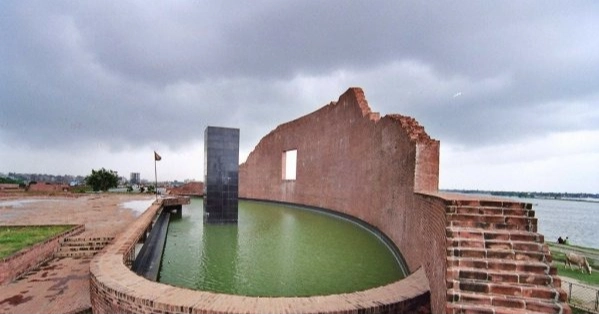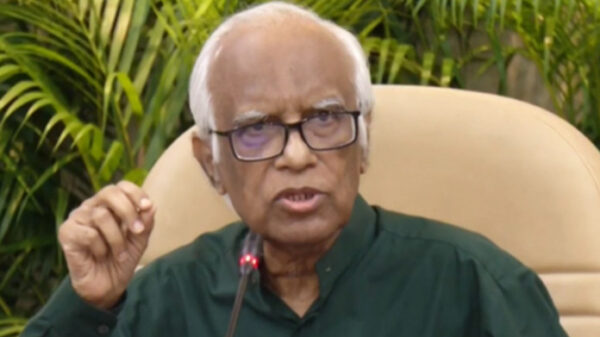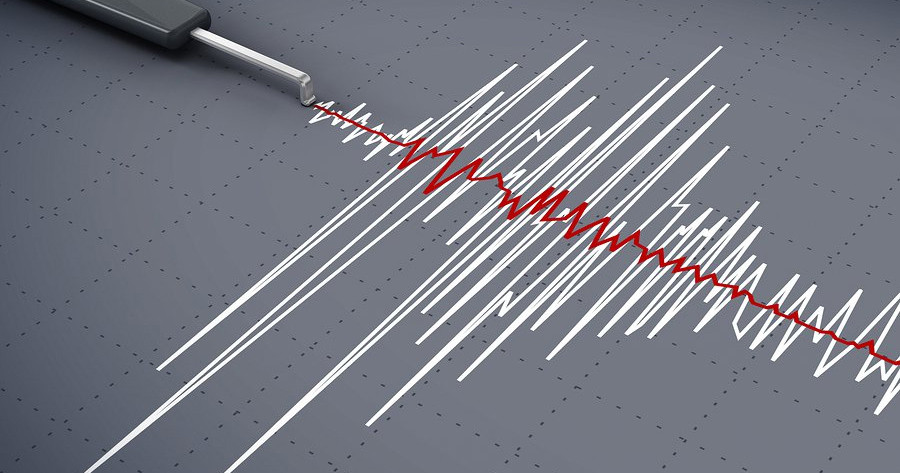Staff Reporter:
Like most other natural disasters, earthquakes tend to happen when you are least protected and unprepared.
Residents of Dhaka and some other places woke up to a 4.3-magnitude tremor on Friday morning, with the spectre of a major earthquake looming large over Bangladesh.
Images of people fleeing a building in the midst of an earthquake are not hard to find, and this is to blame for many avoidable casualties.
The following are some important considerations for preparing for earthquakes:
The American Red Cross advises dropping, covering and holding on to protect oneself when shaking starts.
– Stay in bed and cover your head and neck with a pillow if you are already there.
– If possible, drop on the ground outside and crawl toward a clear area. Avoid being near structures, electricity lines, and trees.
– Stop and remain inside your car if you are driving. Stay away from stopping close to structures, trees, overpasses, and utility wires. Once the earthquake has stopped, move slowly. Avoid ramps and bridges.
– Lock your wheels if you are using a wheelchair or walker and stay in your seat until the shaking stops. Brace yourself and defend your head and neck if you are unable to drop. Use your arms, a pillow, a book, or anything else you have at hand to cover your head and neck.
Precautionary measures
The nonprofit humanitarian organization recommends securing one’s surrounding space before a quake happens, to prevent injuries.
– Identify items that might fall during a trembling. Imagine the space being scooped up and violently shaken in all directions and think about what could fall and do you harm. Think of objects like televisions, bookcases, shelves, mirrors, portraits, water heaters and refrigerators. In order to prevent injury during an earthquake, secure these objects. There are several straps, hooks, latches, and other safety equipment available.
– If you reside in an earthquake-prone area, have your building inspected and take structural upgrades into consideration.
– Consult with insurance companies to check if there is any earthquake insurance coverage available.
– Keep a power bank or a way to charge your cell phone.
– See if there are early-warning systems available in your area.
– Gather food, water and medicine as stores and pharmacies might be closed.
What to do after
– Be patient before standing up. Look about you for any imminent threats and take precautions.
– Put on sturdy shoes as soon as you can since you should expect broken glass and other debris on the ground.
– Exit the building if it is secure. Locate a clear area outside. Make sure nothing, such as bricks from a building, power lines or trees, will fall on you.
– It could be best to stay indoors if you do not have a secure space outside.
– Expect aftershocks. Whenever you experience trembling, drop, cover and hold on.
– Protect your mouth, nose and eyes from flying debris if you find yourself trapped. Your mouth and nose can be covered with a cloth, some clothing or a dust mask. Call for assistance. Use a whistle or loudly knock three times per minute on a solid portion of the building. Rescue workers watch for these noises.
– Leave and go to a safer location if your home has been damaged and is no longer safe. Take your supplies with you if you can.
– Because candles pose a fire risk, use flashlights instead.
– Make sure there are no gas leaks before using matches, lighters, appliances or light switches. Electrical switches could spark, igniting the gas and resulting in an explosion.
– Stay connected: listen to local radio, TV or other news sources for emergency information.
– When you can, let loved ones know you are safe.











































